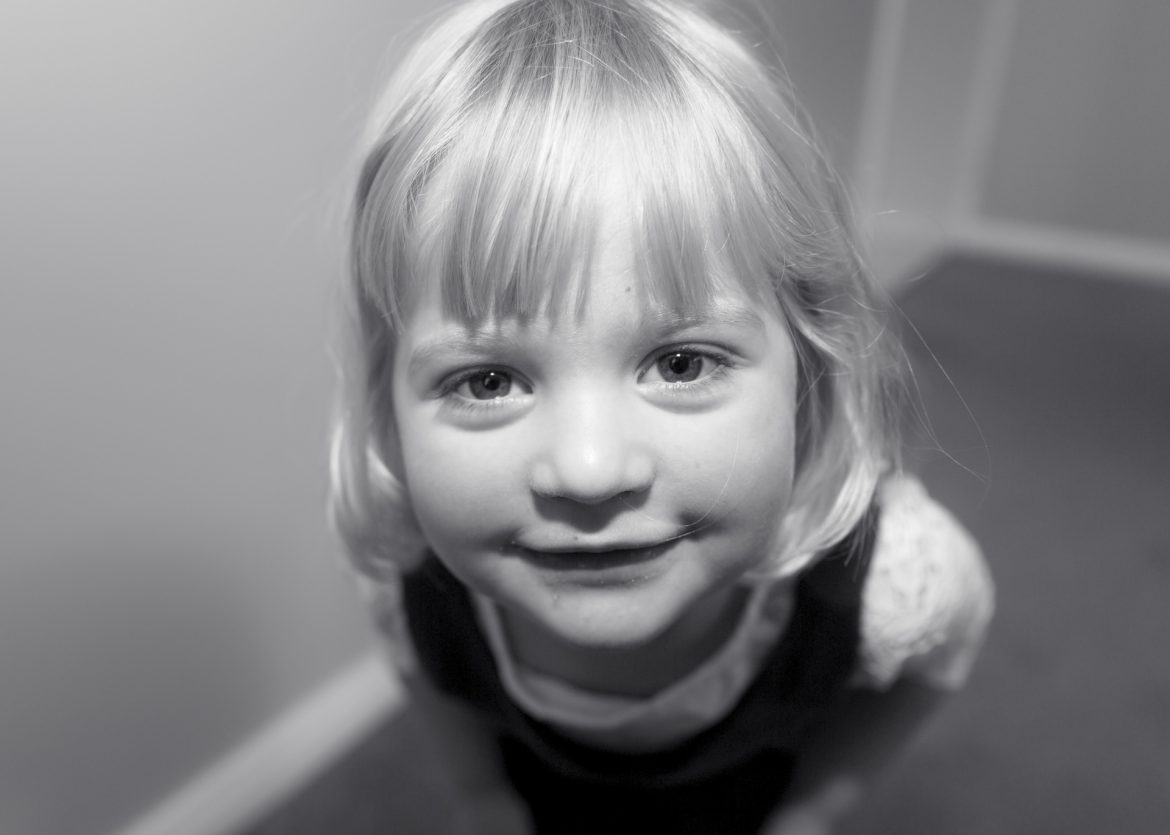By Sarah R. Moore
Setting boundaries with kids can feel like one of the trickiest parts of gentle parenting. We worry that if we’re too harsh, we’re going down the slippery slope of authoritarian parenting (if authoritarian parenting had a tagline, it would be “my way or the highway”). We don’t want to do that. On the flip side, if we’re too permissive in our parenting boundaries, we know that doesn’t bode well for our children, either. Setting boundaries with kids can feel a bit like walking on an emotional tightrope.
We all understand the importance of healthy boundaries with kids, but what should those boundaries look like? How do we hold our kids accountable without damaging them? Finally, what does it look like if our child doesn’t seem to be respecting the boundary that we’ve set?
Let’s start with the benefits of healthy boundaries with kids
When we set and follow through on healthy boundaries with kids, it helps them with their executive functioning skills. Further, it encourages emotional regulation. It helps them develop problem-solving skills, and they can also feel more connected to us because they know what we expect of them (source). All of those things are correlated with higher self-esteem and better long-term outcomes in their personal, academic, and professional lives (source).
In short, every part of a child’s development is enhanced by having a healthy relationship with boundaries – both the ones they set for themselves, and the ones we create for their physical and emotional wellbeing.
How can we create healthy boundaries with kids?
The importance of being proactive
Part of setting healthy boundaries is being proactive. Children simply often don’t know what’s expected of them. Relatively speaking, life on Earth is still new to them (and with so much to learn in a short amount of time, it’s no wonder they have trouble remembering all the “rules” sometimes). They simply don’t have the life experience we do to know what’s so-called “normal” behaviour.
Tell them upfront what to expect before they encounter new situations. Then lovingly reinforce the boundary as many times as you need to, because to a young child, it’s a lot to process! The more you practise setting healthy boundaries with kids when they’re young, the easier it is for them to self-regulate when they get older – and the less retroactive parenting you’ll need to do.
When you set boundaries for young children, think “big picture.” What’s the most important takeaway you want your child to know? Focus on that and let the rest go, lest they go into information overload and lose the core message you want to convey.
The younger the child, the more clearly you’ll need to paint a mental picture for them about what you expect. Further, setting boundaries for young children works best if the child hears expectations as close to the event as possible. The exception is if you plan to role play the boundary with them. Building in extra time to practise can be very helpful.
Here’s a specific example of what helping a child learn a boundary might look like.
“On Friday, we’re going to a restaurant. At restaurants, food needs to stay on your plate, even if you don’t want it. Rather than putting it on the floor or directly on the tablecloth, what might you do with it?” Consider their ideas. If need be, you might suggest, “We can put a separate empty plate on the table. If there’s something you don’t want, you can simply move the food to that empty plate. We can call it the ‘no thank you’ plate.” Then, in the days preceding the event, “play” restaurant at home so your child can practise. – On setting healthy boundaries with kids
It’s also important to have age-appropriate expectations for your child. Just because you’ve told a three-year-old that they need to use silverware at a restaurant doesn’t mean they’ll use it as you intend it – especially if they’re not accustomed to using it at home.
For an older child, parental boundaries can come closer to whatever activity your child is doing. Let’s say the topic is screen time. If you set boundaries only after you realise your child has pulled an all-nighter on the iPad, restricting screen time the next day may feel to them like punishment. Naturally, both the child and the adult want to avoid feeling like they’ve received, or inflicted, that response. Better would be to have a mutually agreed upon “check-in time” beforehand, wherein the child returns the iPad to a centralised location by whatever time you’ve chosen.
Proactively setting boundaries with kids helps them mentally prepare and visualise themselves succeeding with the boundary. It reduces their guesswork.
Of course, some boundaries naturally come about after we – the adults – realise that something isn’t working for our family. That’s okay, too. What matters is the approach you take in discussing it with your child.
The importance of getting buy-in on boundaries with kids
Help kids succeed when you set healthy boundaries by letting them have a say in the details. Their buy-in is directly related to the amount of input they feel they’ve had in the process.
Does that mean they set the boundary? No, they don’t set it. You do. However, they absolutely can (and should) have input about how it plays out in their lives.
The words you choose in your approach matter greatly. Think about how you’d react if your partner or someone else you respect said, “I’ve made a bunch of rules you need to follow.” I’d hazard a guess to say, at the very least, you’d raise an eyebrow.
Better would be to present a problem statement and approach it as a collaborative problem-solving process. Once you’ve addressed the problem statement, you can turn it into a family agreement rather than a “rule.”
Feels different, doesn’t it?
Example: “I’ve noticed a lot of shoes near the front door and I’m concerned they’re a tripping hazard.” [problem statement] “I wonder how we can keep the house safe AND you can get to playing as quickly as possible. Let’s brainstorm.” – On setting healthy boundaries with kids











